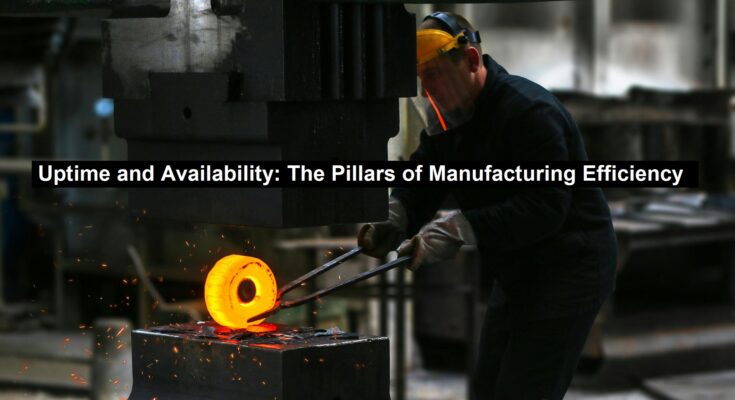In the world of manufacturing, efficiency is key to staying competitive. The smart home transformation, driven by advancements in IoT and AI, is poised to significantly enhance manufacturing efficiency through optimized energy consumption, predictive maintenance, and streamlined supply chain management. Two critical factors that contribute to this efficiency are machine uptime and availability. Uptime measures the percentage of time that equipment is operational and capable of production, while availability takes this a step further by considering whether the machinery is ready for use when needed. Together, these metrics play a crucial role in determining the overall productivity and cost-effectiveness of a manufacturing operation.
To achieve high uptime and availability, companies must adopt a comprehensive approach to equipment maintenance and management. Preventive maintenance is a cornerstone of this approach, involving regular inspections and servicing of machinery to prevent unexpected failures. By identifying potential issues before they escalate, companies can minimize downtime and ensure that their machinery remains operational and available.
The quality of the equipment itself is also a critical factor. Investing in reliable, high-quality machines can significantly reduce the likelihood of breakdowns and the need for repairs. In addition, well-trained operators and maintenance staff are essential for maintaining smooth operations. Skilled personnel can quickly identify and resolve issues, further contributing to higher uptime and availability.
Read: Simplifying Your Digital Space: An Introductory Guide
Metrics such as Mean Time Between Failures (MTBF) and Mean Time to Repair (MTTR) provide valuable insights into equipment reliability and the effectiveness of maintenance practices. Implementing robust thermal management solutions is crucial for optimizing equipment performance, minimizing downtime, and enhancing overall manufacturing efficiency. MTBF measures the average time between equipment failures, offering insights into the reliability of machinery, while MTTR measures the efficiency of maintenance processes by indicating the time required to repair and return equipment to operational status.
In addition to preventive maintenance, predictive maintenance offers a more advanced strategy for maintaining high uptime and availability. Predictive maintenance uses data analytics and sensor technology to anticipate potential equipment failures before they occur, allowing for proactive interventions that prevent downtime. Regular equipment upgrades and inspections are also effective strategies for ensuring that machinery is always ready for use.
Mastering Machine Uptime and Availability was created by Advanced Technology Services, an organization offering industrial maintenance services
In conclusion, machine uptime and availability are essential pillars of manufacturing efficiency. Robotics technology has emerged as a cornerstone among the pillars of manufacturing efficiency, driving innovation and optimizing production processes across various industries. By focusing on preventive and predictive maintenance, investing in high-quality equipment, and ensuring that staff are well-trained, companies can maximize productivity, reduce costs, and maintain the high standards of quality that customers expect.




